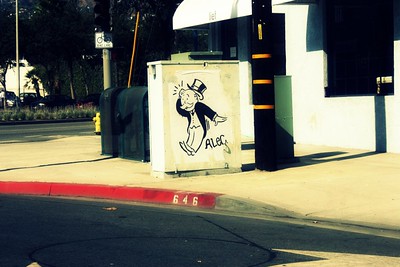There is a phenomenon known as long-haul COVID-19, which describes the lingering impacts of COVID-19. A University of Washington study released earlier this year showed that persistent COVID-19 symptoms affect about one-third of COVID-19 sufferers. People who land in the hospital with COVID-19 symptoms are most likely to experience this phenomenon. Unfortunately, it seems like higher education institutions like Washtenaw Community College might also morph into COVID-19 long haulers.
A study conducted by the National Education Policy Center last fall surveyed higher education institutions regarding their response to the COVID-19 pandemic. While much has been made of lost student housing revenues, 65% of respondents said that their student housing services had declined by less than 20% or not at all. Only about one-third of colleges and universities suffered significant effects from loss of housing revenues.
One interesting question in the survey asked the respondents to speculate about life after then pandemic. Based on the sector’s immediate COVID-19 response, the survey asked which accommodations were likely to become permanent. 44% of respondents said that they expected to be stuck with chronically lower enrollment. Another 36% of respondents indicated that they expected their student body to prefer commuting to campus. (This means on-campus housing will be unstable.) Interestingly, only 20% of respondents said that they expected tuition to remain low.
None of these three conditions bode well for schools (like Washtenaw Community College) that make revenue-backed bond payments. Schools take the position that enrollment will grow over the length of the bond issue. (That’s the only way they can make the bond payments without cutting into services.) If the bond issue is repaid over 20 years, that means the College is confident in its estimation that enrollment will remain high for 20 years running.
COVID-19 effects will linger at WCC for years
In a standard economic cycle, that doesn’t happen. Prior to the Great Recession, the economic cycle completed about once every 3-5 years. In a complete economic cycle, you’ll see both a peak economy and a trough. Traditionally enrollment rises when the economic cycle is in decline. For enrollment to remain high for 20 years running, our economy would need to be in what amounts to a 20-year recession.
It’s unreasonable that enrollment would remain consistently high over 20 years. When enrollment decreases, the issuer – in this case the College – would need to raise tuition to cover the losses. That contradicts the belief among higher education institutions that tuition will remain low.
Colleges and universities cannot rely on increased enrollment or increased tuition costs to make their bond payments. Raising tuition in circumstances where students are extremely price-sensitive is a pretty good way to decrease your enrollment.
Third, the survey showed that more than one-third of respondents believed that their on-campus housing would suffer long-term impacts from COVID-19. The question is important because many higher education institutions have used housing as a revenue generator. If fewer students want on-campus housing,
These responses paint a bleak picture for higher education. This is, in part, because schools that counted on high enrollment must rely more heavily on a shrinking number of students (and housing contracts) to make increasingly onerous bond payments.
Those factors haven’t stopped colleges and universities from issuing more bonds. Right now, the higher education bond market is worth more than $350B and growing. In 2020-21, colleges and universities issued more bonds than at any time in their history.
There is a price to pay for avoiding the taxpayers
Recruiting students is about to become a blood sport, as indebted colleges and universities try to secure students to make their bond payments. Among the biggest losers will be community colleges, many of which have their own bonds to repay.
This is the ultimate risk of issuing revenue-backed bonds. Following COVID-19, schools like WCC – which owe millions on revenue-backed bonds – must use operational dollars to pay debt. The bill is coming due on the Board’s strategy of bypassing the taxpayers to finance bullshit construction projects.
Projects like the Health and Fitness Center don’t “pay for themselves.” Students pay for them. COVID-19 may leave WCC chronically short on cash.
Photo Credit: drip&ju , via Flickr






























